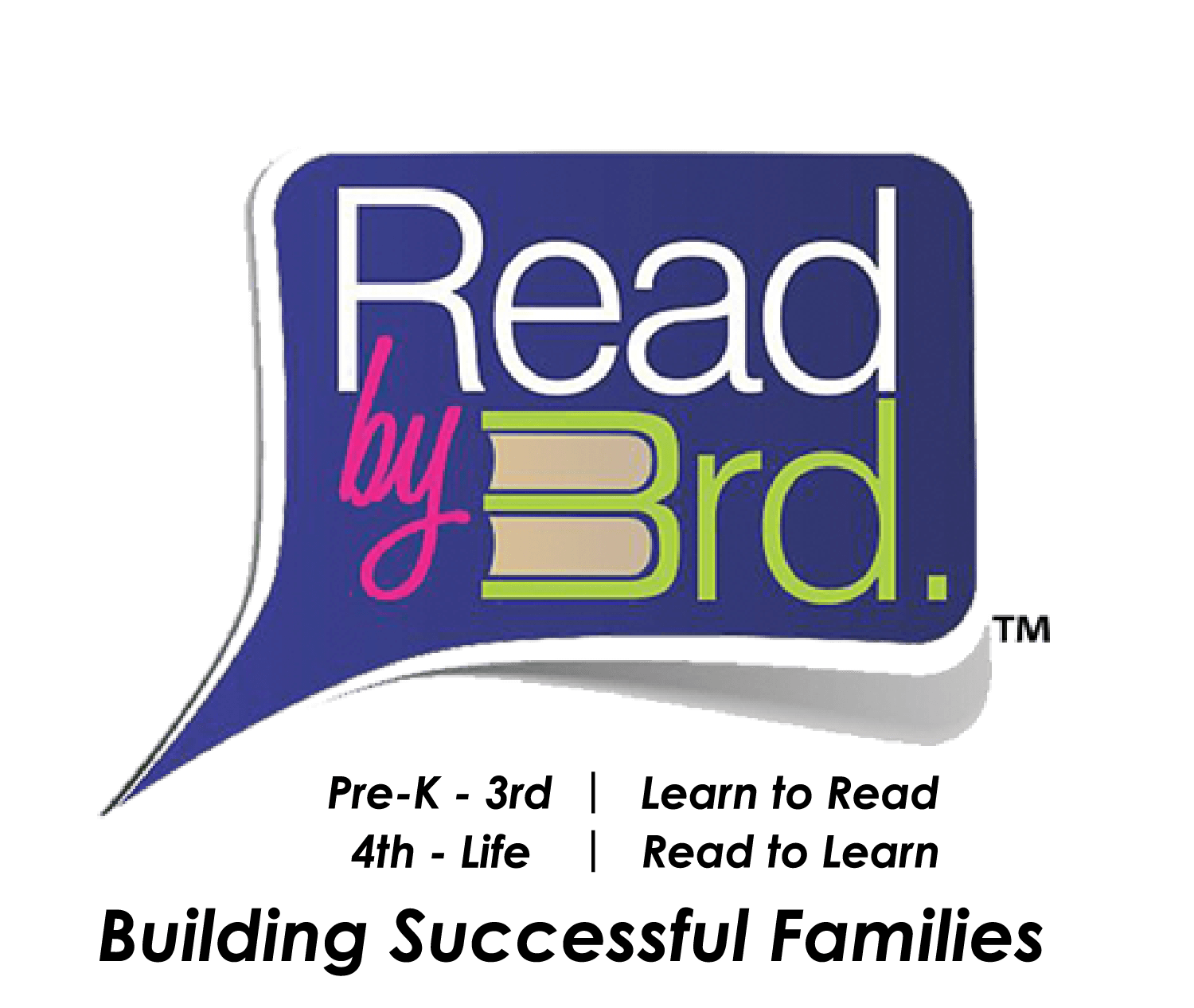New literacy partnership between Anson Jones Elementary and Texas A&M celebrated
Representatives from Bryan schools, Texas A&M University and the Bryan-College Station Chamber of Commerce gathered at Anson Jones Elementary School on Thursday to celebrate a new literacy partnership.
The groups officially opened the Bryan Reading Clinics, which brings Texas A&M education students to Jones to provide individualized tutoring in reading for the elementary school students after school for one hour.
“It’s completely individualized to that kids’ learning needs for reading. Wherever they are, how are we going to do our work to make sure that child is reading, not just on grade level, but thriving above grade level? That’s kind of the push, is not just the minimum; go beyond it,” said Barbara Ybarra, associate superintendent of teaching and learning for Bryan schools.
This year there are 30 Jones second- and third-graders enrolled, and each A&M pre-service teacher is assigned one or two students to work with throughout the semester, focusing specifically on their students’ individual needs.
“This is an initiative that is a combination of putting the talent that A&M provides toward the efforts that our schools are already putting in to help children read, and what an awesome addition to what we’re doing. One-on-one instruction, targeted to improve reading. That’s what we need for our kids,” Bryan Superintendent Christie Whitbeck said.
The ceremonial ribbon-cutting brought Glen Brewer, president and CEO of the Chamber of Commerce, back to his former elementary campus. Jones is the first Reading Clinic to open in Bryan schools, but on Nov. 6, the groups will be celebrating a second Reading Clinic established at Fannin Elementary School.
“We have such a good relationship with BISD, with the Read by 3rd; we’ve been big supporters for a long time. We appreciate the vision and the actual implementation of the program,” Brewer said. “We always say at the chamber, we’re excited because when business is thriving, our nonprofits are thriving, our schools are thriving, and it’s kind of a symbiotic relationship because when our schools are thriving and they’re producing an educated workforce for our businesses, that’s how we can thrive. We need each other, we work great together, and I’m very, very happy to see you all here today.”
Discussing the importance of literacy and reading in the elementary grades, Whitbeck said students who drop out of school statistically earn 43 percent less than those who graduate, and about one-third of the juveniles who get into trouble do not read on grade level.
Many A&M pre-service teachers come to Bryan schools to work with students, but it has never been in the form of a focused effort for one particular purpose, Ybarra said, calling it a natural expansion with Read by 3rd, established at Jones about four years ago.
Whitbeck called Daniel Hernandez, founder of the Read by 3rd initiative, a visionary for his efforts to not only encourage students to read on level by third grade but to also get their family members involved.
“This vision that he had several years back has just really been paramount in this community and is spreading and growing and growing, and we’re all thankful to you for your vision,” she said of Hernandez.
Hernandez quoted a study that reported 60 percent of students who cannot read at grade level by third grade will end up on welfare or in prison.
“Very dire statistics, but they’re real. The notion of literacy and reading is very important,” he said. “I think that what we’re doing here is basically going back to the fundamentals that we’ve always talked about.”
The students who participate in the Reading Clinic are selected based on their need for after-school literacy tutoring and also their willingness to stay after school and work with a tutor for an hour, said Courtney Piatt, assistant principal at Jones Elementary. Every student must have parental permission to participate, and each of the students invited to take part in the program this year agreed.
Campus administrators and teachers track students’ growth through Diagnostic Assessments of Reading testing three times a year and also by looking at records and notes.
The students receive a snack as they wait for their tutor to arrive from A&M, Piatt said, noting the undergraduate pre-service teachers each bring their own supplies, books and activities.
The goal is for the students to have fun and learn, while also giving the tutors valuable experience working directly with elementary-age students, Sam von Gillern, director of the Texas A&M Reading Clinic and clinical assistant director.
“We read to the children. We have the children read to us with support from the teachers. We engage in writing activities with the kiddos, and then also we’ll do some more specific activities, such as phonics activities,” he said.
The students are together for a full hour after school, Piatt said, so they get to know each other by name and develop a relationship.
With so many students coming from low-socioeconomic homes, working with the A&M students gives the younger students someone to look up to in terms of their education, she said.
“Their parents, most of them, didn’t finish school, and to even think about college is not something that was on their brain,” Piatt said. “It’s something that we push all the time: ‘You can do it. You can do this.’ I think that’s what Read by 3rd has done. … We try to train parents to think the same way that we’re trying to get the kids to think, so then it’s not just in the kids’ brain; it’s the parents’ choice too: ‘You can do this.’ ”
Source: The Eagle

